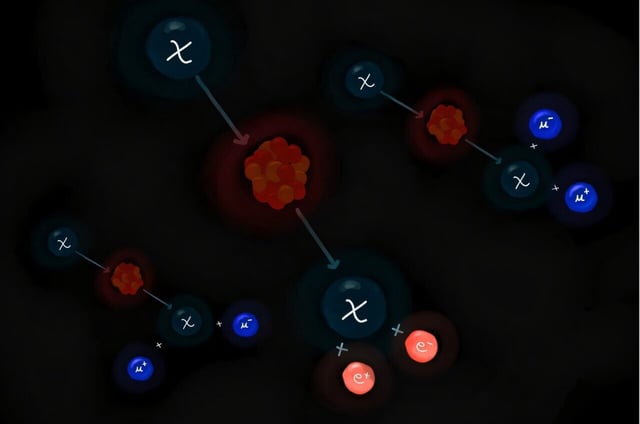Overview
- Detecting light dark matter is challenging because scattering off heavy nuclei typically transfers insufficient energy to register a signal.
- The proposed internal pair production process enables a dark matter particle to scatter off a nucleus and emit a lepton pair, preserving detectable energy.
- Emission of muon pairs, electron pairs or photons in short-baseline neutrino facilities yields distinctive signatures that stand out from neutrino backgrounds.
- The framework is tailored for experiments such as Fermilab’s short-baseline neutrino program and upcoming DUNE, which expect large dark matter fluxes from proton-target collisions.
- Researchers plan to extend this approach to astrophysical dark matter sources like blazars and adapt it for both direct and indirect detection platforms.

